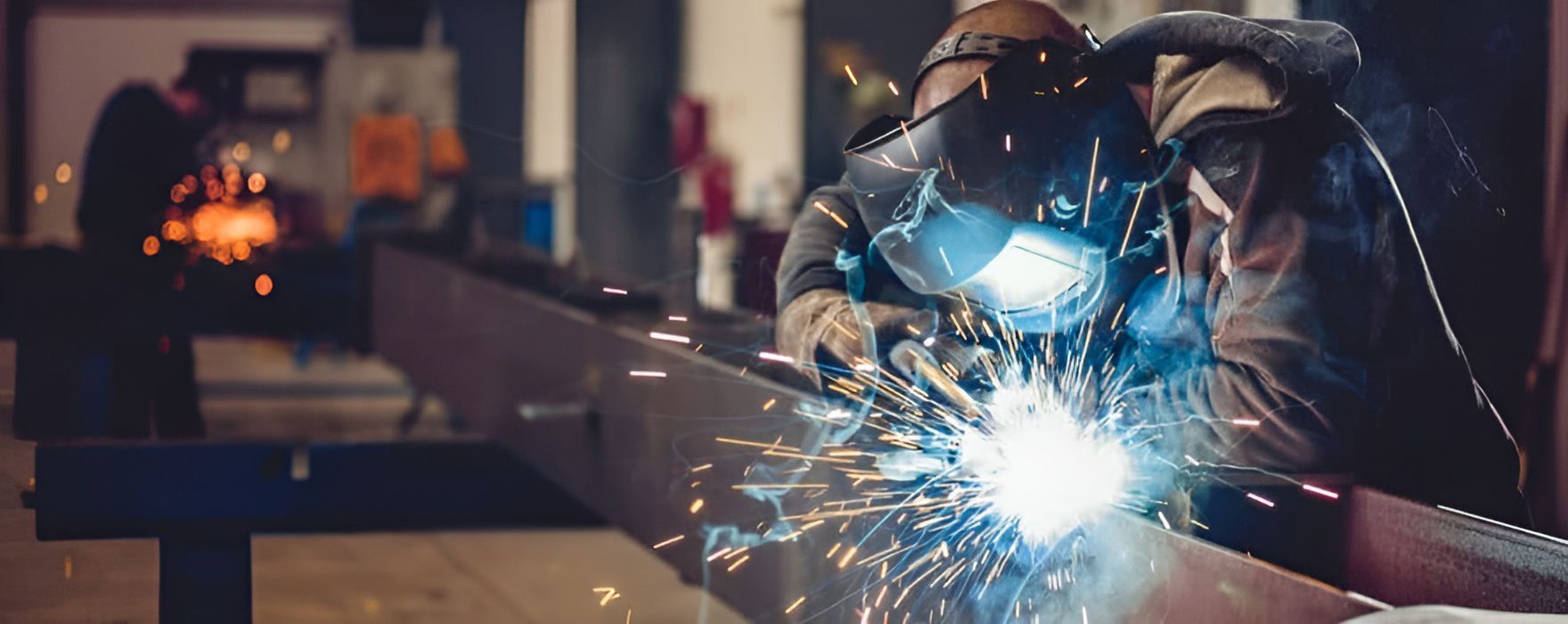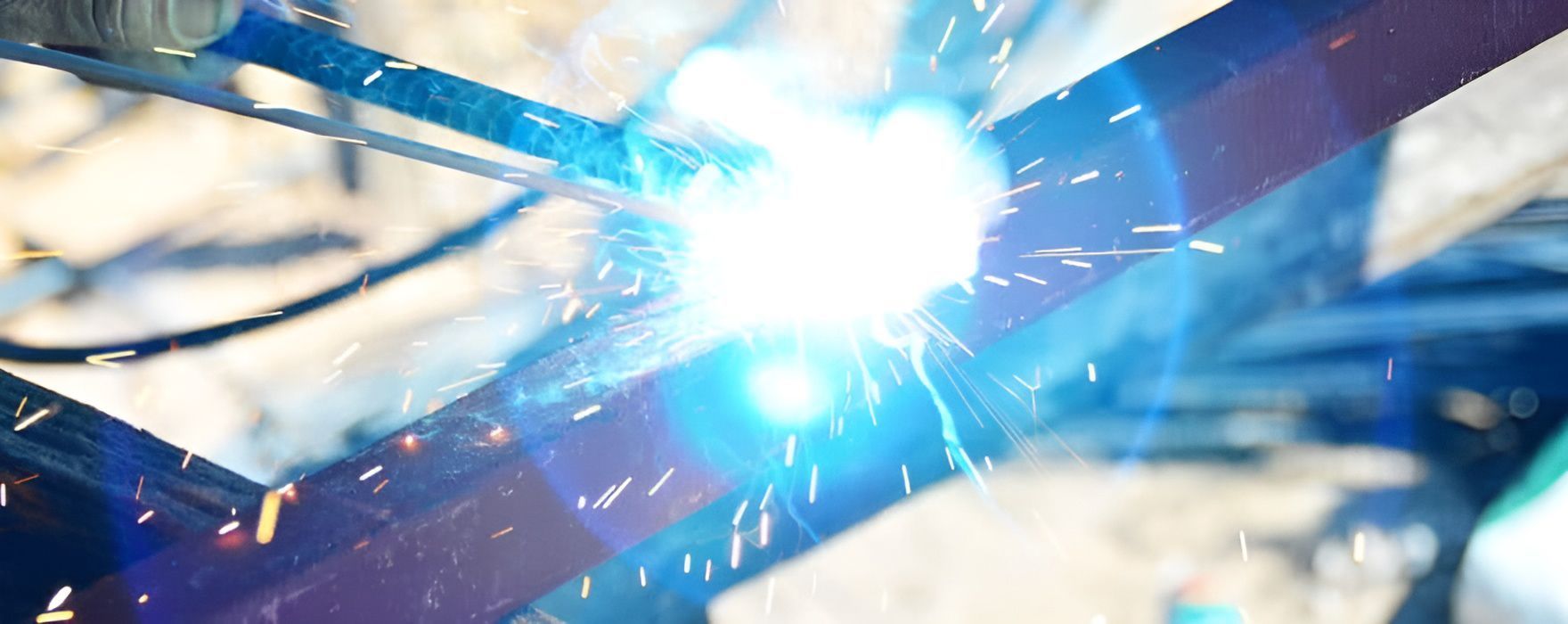How To Optimise Your Metal Fabrication Design
Metal fabrication design plays an important role in creating the parts and products we rely on every day. As industries grow and change, there’s a constant need for more streamlined, efficient and optimised metal fabrication designs. This isn’t about following trends; it’s about seeking practical advancements that offer tangible benefits. In this blog, we will delve into the complexities of metal fabrication design, exploring the key principles, tools and techniques.
The Foundations of a Strong Design
While the technology and tools used in fabrication have evolved considerably, the principles of effective design remain grounded in certain foundational elements:
Understanding Material Properties
- Flexibility: Certain metals are more malleable than others, which affects how they can be shaped.
- Strength: The inherent strength of the metal impacts its potential applications and the processes it can undergo.
- Thermal Conductivity: Metals react differently to heat, which plays an important role in welding and other fabrication techniques.
- Corrosion Resistance: Certain metal types, when exposed to specific environments, can corrode faster than others.
The Role of Technology in Design
Technological advancements have created new avenues for design optimisation:
- Computer-Aided Design (CAD): Allows for precise and detailed designs, making the fabrication process more accurate.
- Simulation Tools: Before a single cut is made, these tools allow designers to see how the final product will respond to different conditions.
- Automation: With the advent of robotics and automated machinery, repetitive tasks can be executed with precision.
Sustainability Matters
Sustainability is now an important consideration in metal fabrication design:
- Recycling and Reusing: Emphasis on utilising recycled materials where possible and designing with future recyclability in mind.
- Energy Efficiency: Optimising design to reduce energy use during the fabrication process.
Design for Manufacturing (DFM)
DFM is a design approach aimed at simplifying the manufacturing process. It helps bridge the gap between designers and fabricators. Key DFM principles include:
- Simplify: A simple design reduces the chances of errors during the fabrication process.
- Standardise: Using standard parts and components can speed up production and reduce errors.
- Multifunctional Design: Parts designed to perform multiple functions can reduce the total number of parts needed, simplifying assembly.
Continuous Improvement
Optimising metal fabrication design isn’t a one-time process. As new technologies emerge and industries change, the design process needs to be revisited and refined. Continuous improvement is the key:
- Feedback Loops: Regularly gather feedback from the fabrication team to understand challenges and areas for improvement.
- Stay Updated: Regular training and upskilling ensure that designers are always equipped with the latest knowledge and techniques.
- Benchmarking: Monitor global best practices and standards to stay ahead of the curve.
Metal Fabrication Services on the Gold Coast
Whether you want to design a prototype or bring your ideas to life, we’re here to help. Equipped with cutting-edge technology and unmatched expertise, we offer comprehensive metal fabrication services. Contact our team at Brumbs Marine Fabrication today to discuss your project.






